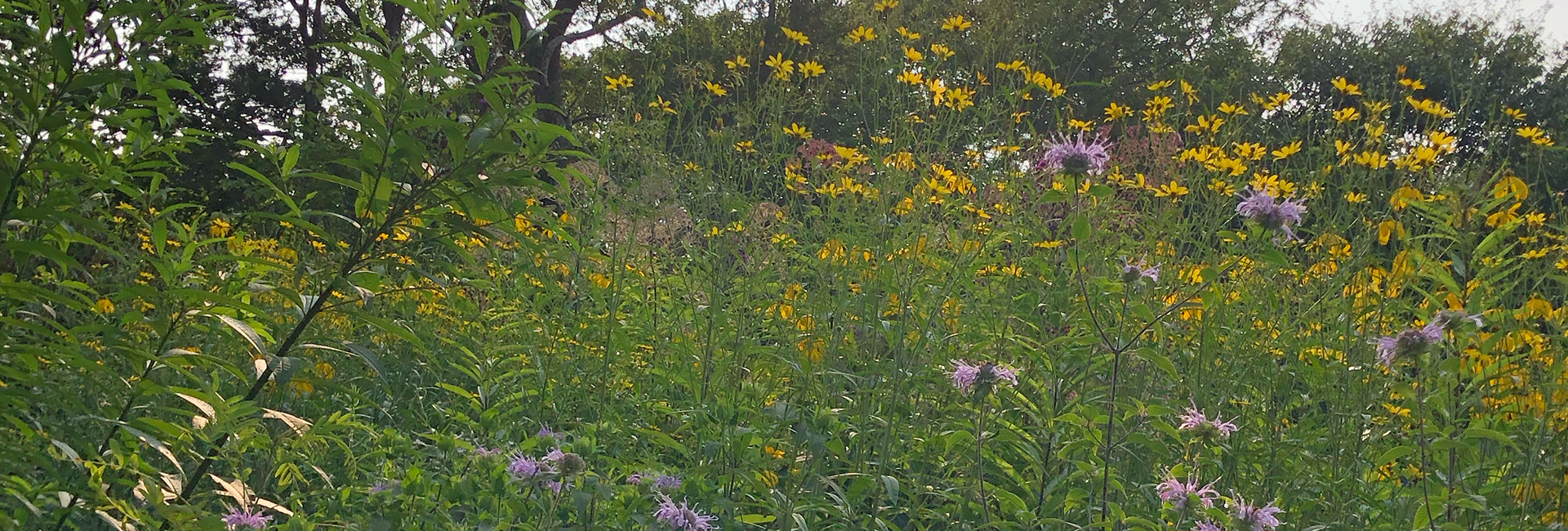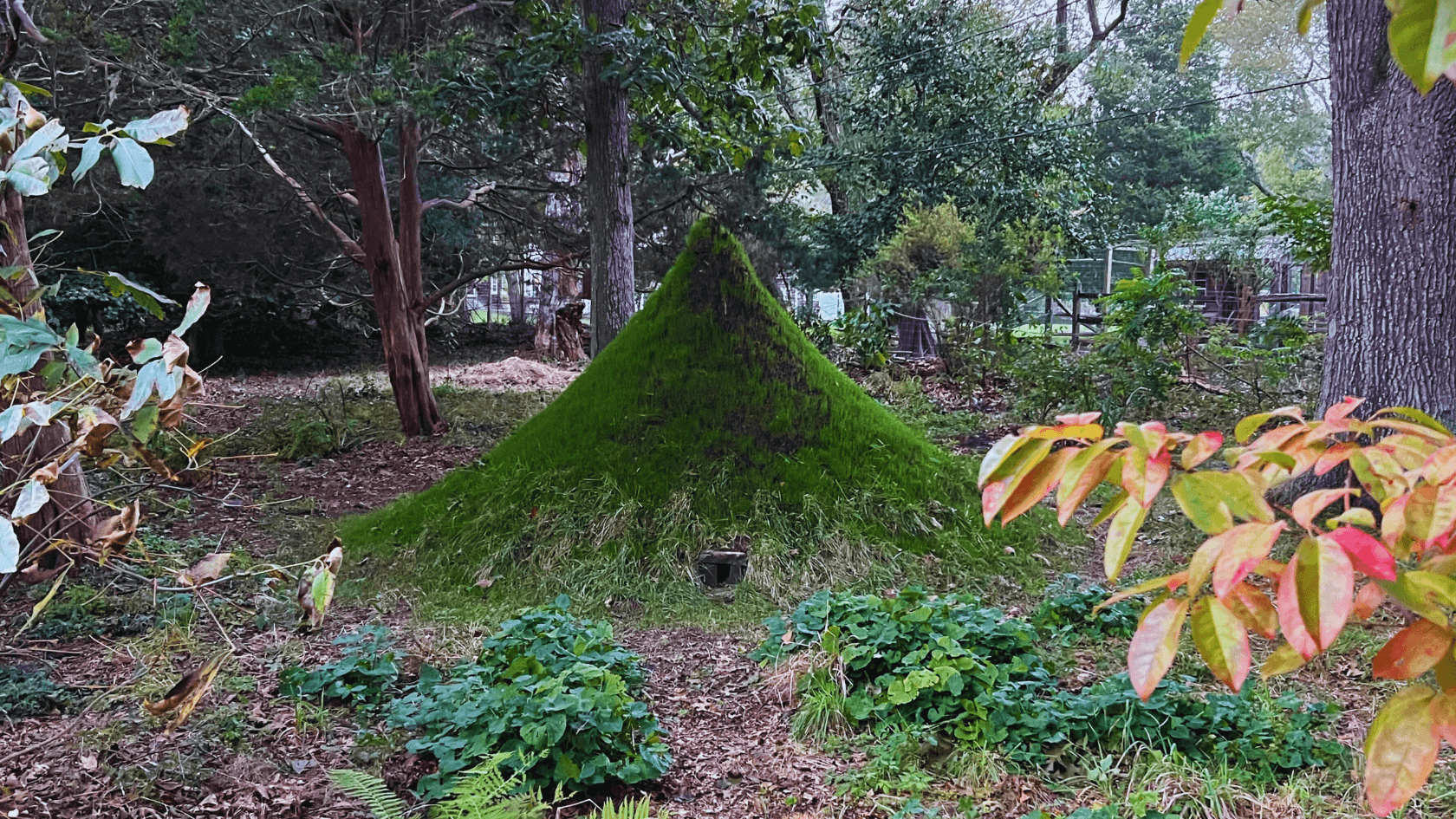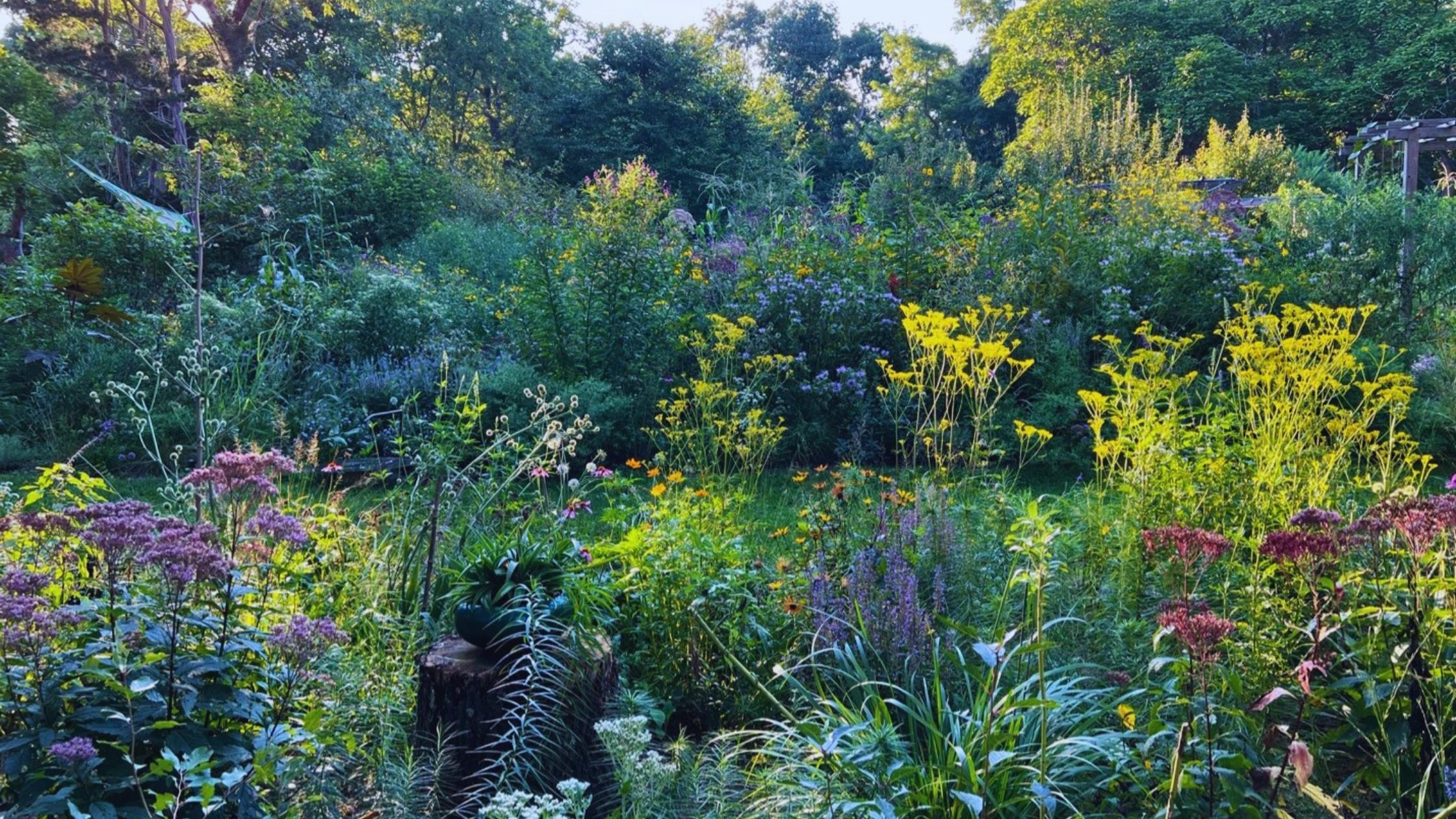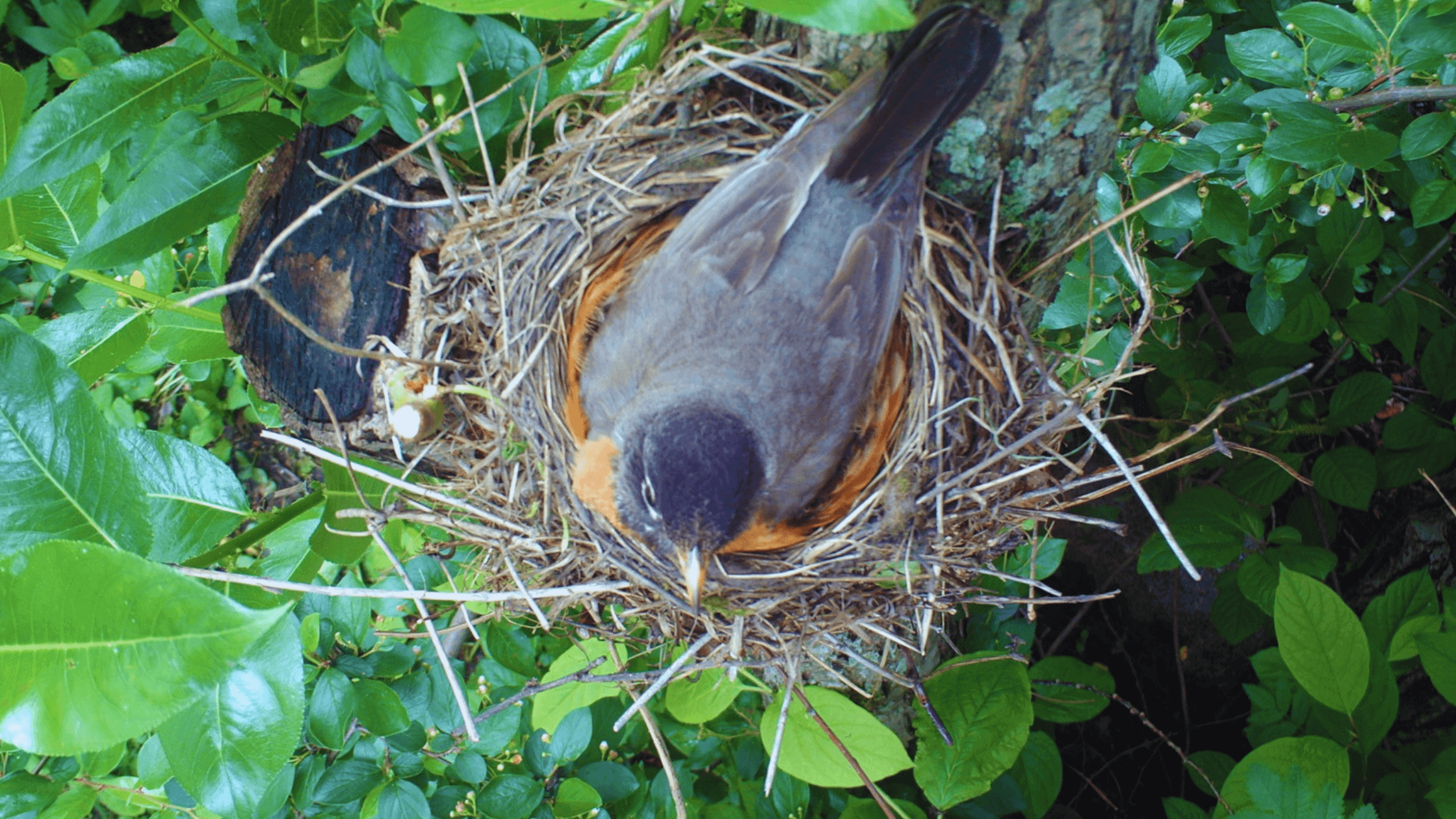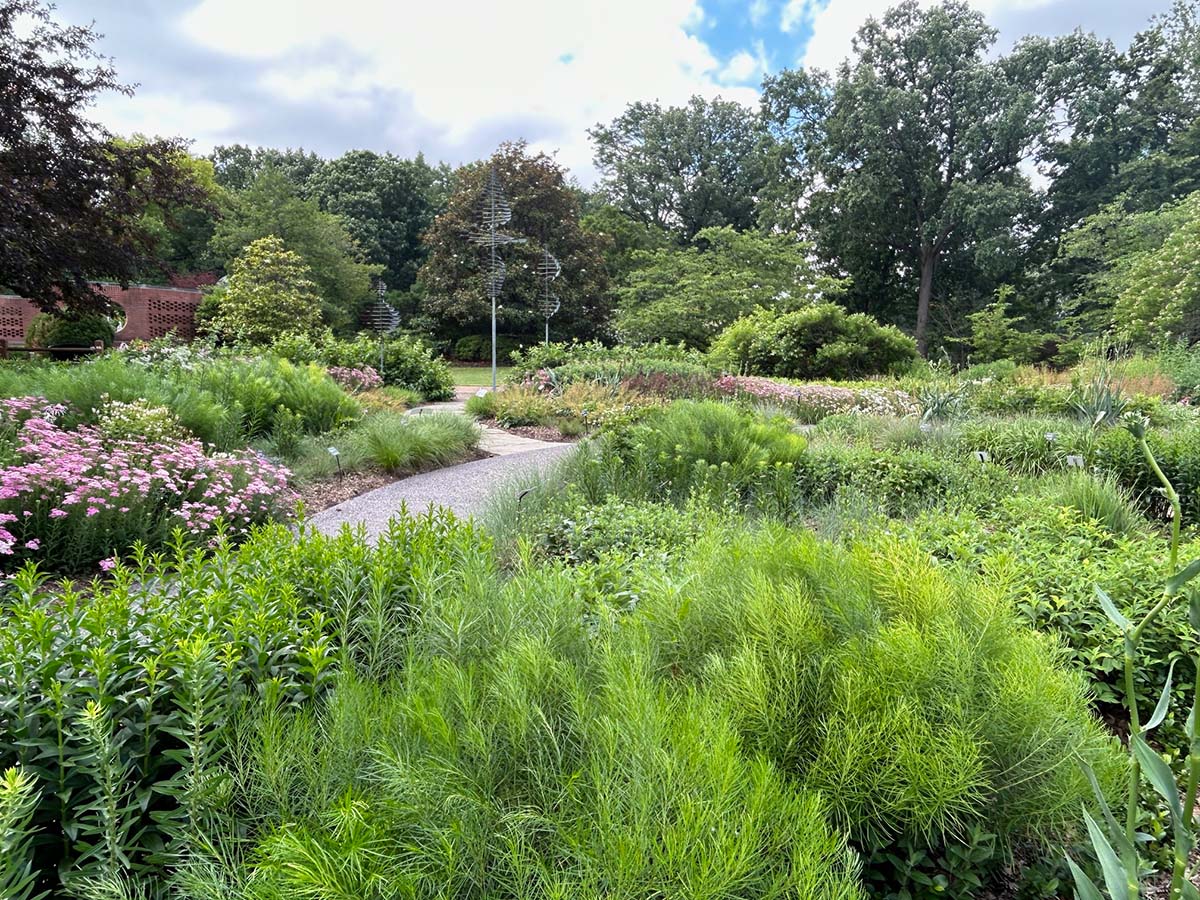
On April 10, Perfect Earth founder Edwina von Gal spoke at the Missouri Botanical Garden’s annual Flourish luncheon. To keep the conversation going with attendees, she followed up her talk with a landscape therapy session with the botanical garden’s Daria McKelvey, Supervisor, Home Gardening Information and Outreach. Together, Edwina and Daria answered questions and offered support to attendees as they start to put ecological garden methods into practice. Daria and her team act as the botanical garden’s plant doctors, answering anywhere from 10,000 to 12,000 gardening questions each year! The good news is that Daria’s says more and more people are asking about how they can grow native plants in their yards and how they can reduce their pesticide and herbicide use. We love this!
Daria shares some of her tried-and-true advice about how to be more ecological in your garden.
Garden ecologically.
“Some simple things you can do to be more ecological at home is to add native plants to your yard, avoid pesticides and chemical fertilizers, and reduce your lawn. We encourage people to learn to love violets and other blooms in the grass. I think of them as a little happiness in your lawn. Embrace them and even the dandelions that pop up. Nature’s not uniform or perfect. Welcome a little splash of color.
For native plants, I can’t get enough of the native Ozark witch-hazel (Hamamelis vernalis). Its fragrance gets me through the doldrums of winter. Rattlesnake master (Eryngium yuccifolium)—what a great name—is always full of little pollinators. And if you can find it, I recommend yellow echinacea (Echinacea paradoxa). I’m a big fan of grasses, especially prairie drop seed because it smells like toasted popcorn. For trees, you can’t go wrong with a native oak. They support so many insects. I also love black gum or black tupelo (Nyssa sylvatica). It’s a large sturdy tree with beautiful red foliage in the fall.”
Do your homework.
“But before you head to the nursery to buy plants, do an assessment of your yard and sketch out a plan. Look around your property in the morning, afternoon, and evening to see how much sun it gets. Do you get sun for six or more hours, or is it partly sunny, or mostly in shade? Then look after it rains to see if the soil drains well or if it puddles. If it pools up, for example, opt for plants that like wet feet. Once you know information like this, you can start seeking out plants that fit those requirements. We always say “right plant, right place” if you want your plant to succeed.”
A bumblebee gathers pollen from a buttonbush (Cephalanthus occidentalis) flower. This deciduous shrub likes full sun to part-shade and wet soil conditions. It will attract bees, butterflies, and other insect pollinators. Photograph by Daria McKelvey.
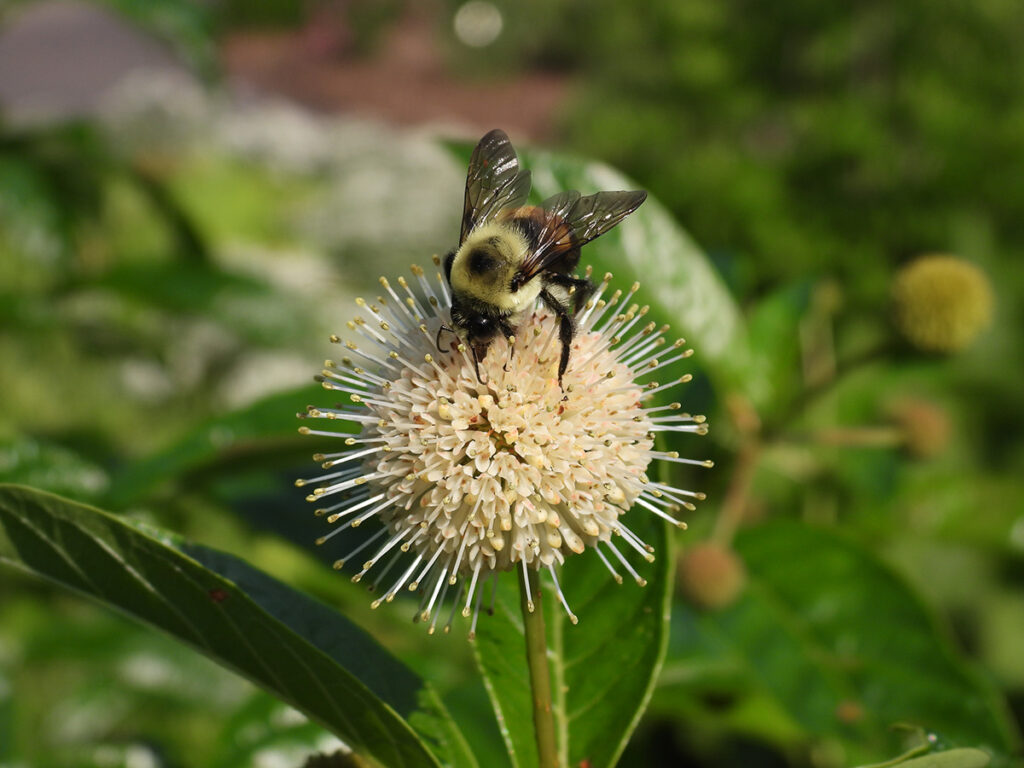
Start gradually.
“If you’re new to gardening, we recommend starting small with just a few plants. Research the plants that are adapted to your environment, learn what kind of light they need, what type of soil do they like, and how big they’ll grow. Then put them in your landscape properly and see how it goes for about a year. Remember low maintenance does not mean no maintenance. Native plants and trees need water to get established. After about a year, ask yourself: Have you been able to maintain your plants? Are they thriving? If things are going well, keep going, add more next year. But don’t worry if you kill a few plants. It’s how you learn.”
Think about pollinators during their entire life cycle.
“Native plants are meant to support a variety of insects, in addition to pollinators. So, don’t be surprised if your plant gets munched on. Many people want to attract monarchs, but you have to let their caterpillars feed on milkweed for their development. We encourage people to learn about the insects and pollinators they see in their yards. Home gardeners can contact us at the garden or use iNaturalist to help identify what you see. We encourage people to learn about the pollinators they see in their yards and recommend using iNaturalist. Find out the native plants they like and read up on how they affect the larger ecosystem.” (Learn more about creating habitat for pollinators with our Gardening for Habitat workbook.)
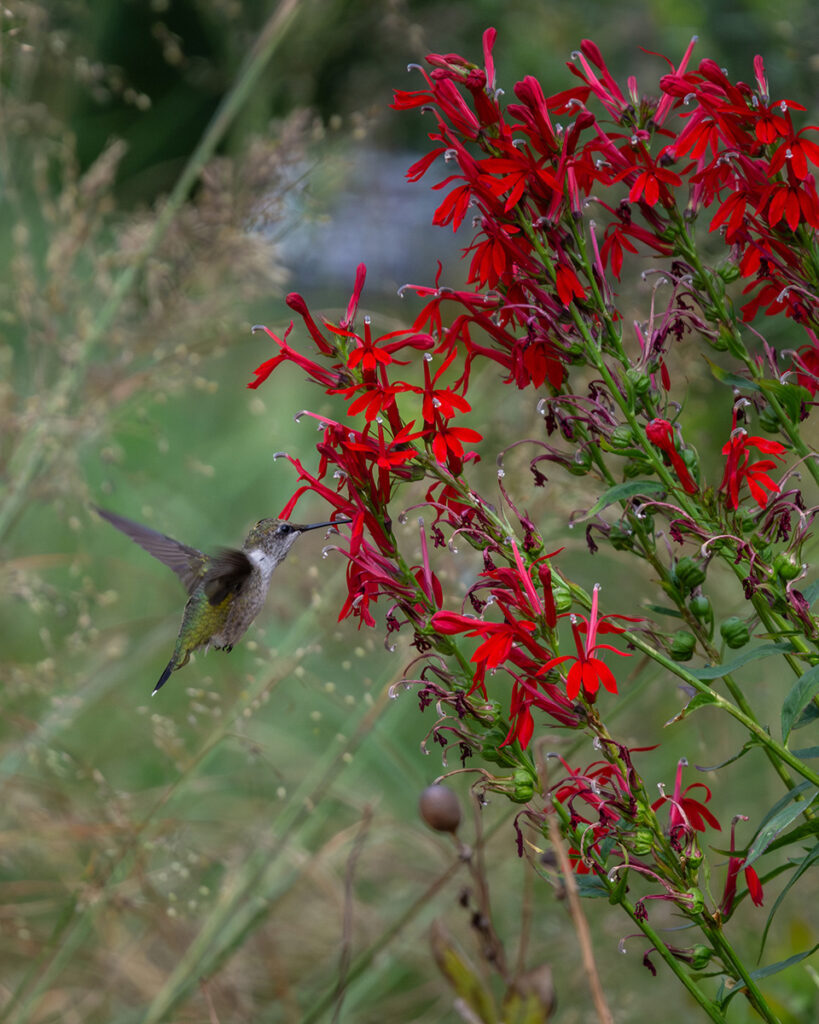
The red cardinal flower has a special relationship with hummingbirds. Unlike many insect pollinators, they can reach inside the long tubular red flowers to get to the flower’s nectar. As they travel from bloom to bloom, they help pollinate the plant. Photograph by Matilda Adams.
Stick to trusted resources.
“We also caution people to be careful with online advice, especially what you see on social media. Make sure you’re going to a trusted source to find the information you need. I seek out university or botanical garden sites. The Missouri Botanical Garden has a Plant Finder database, which features more than 7500 plant profiles. And our team at the Missouri Botanical Garden is available for questions and advice, whether you come in person or get in touch with us by phone or email. If the phone line is busy, just leave a message and we’ll get back to you.”
Email: Plantinformation@mobot.org
Phone: 314.577.5143 (Mon – Fri, 9 am – 12 pm, CT)
This interview has been edited for clarity.
By Melissa Ozawa
